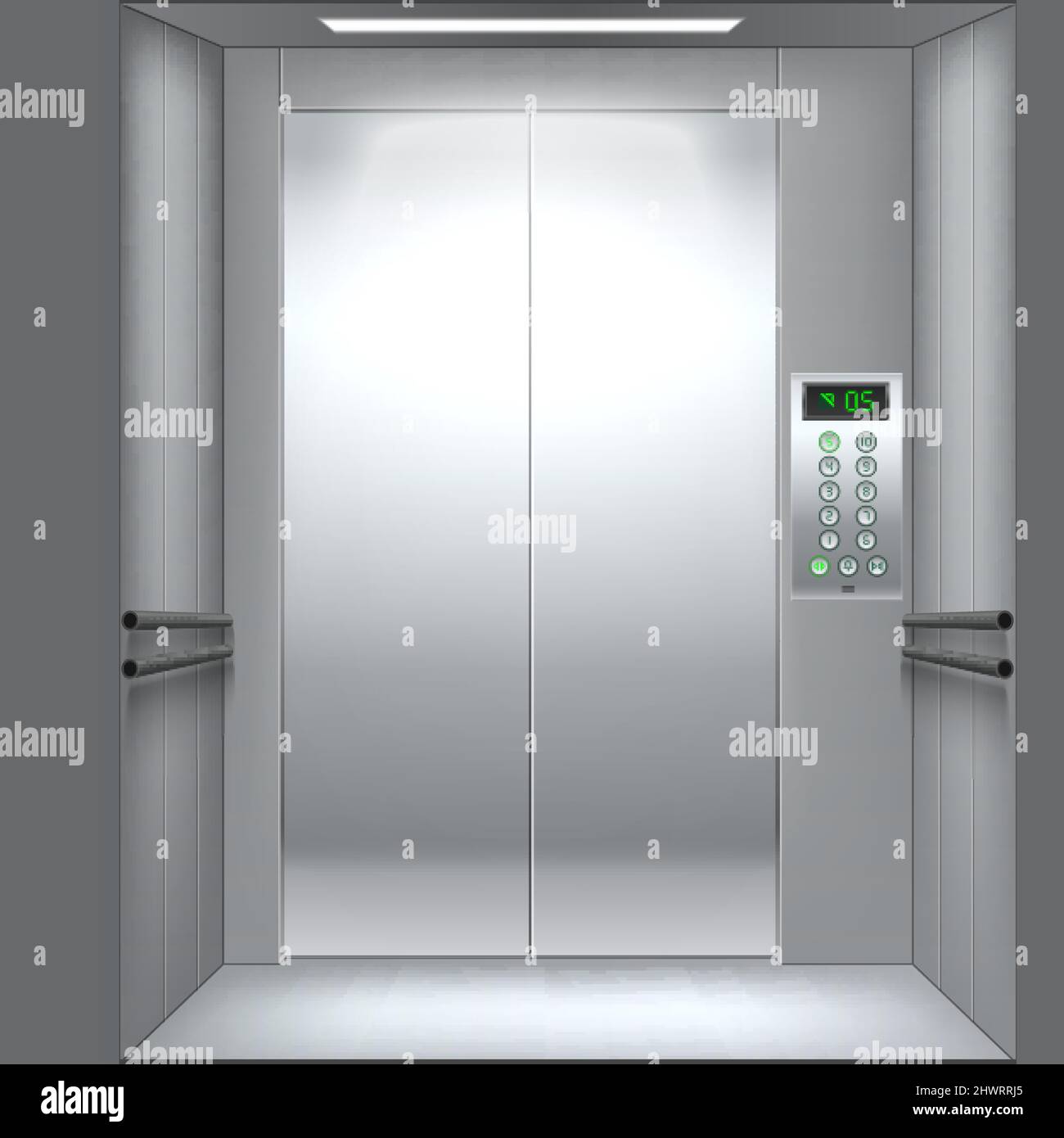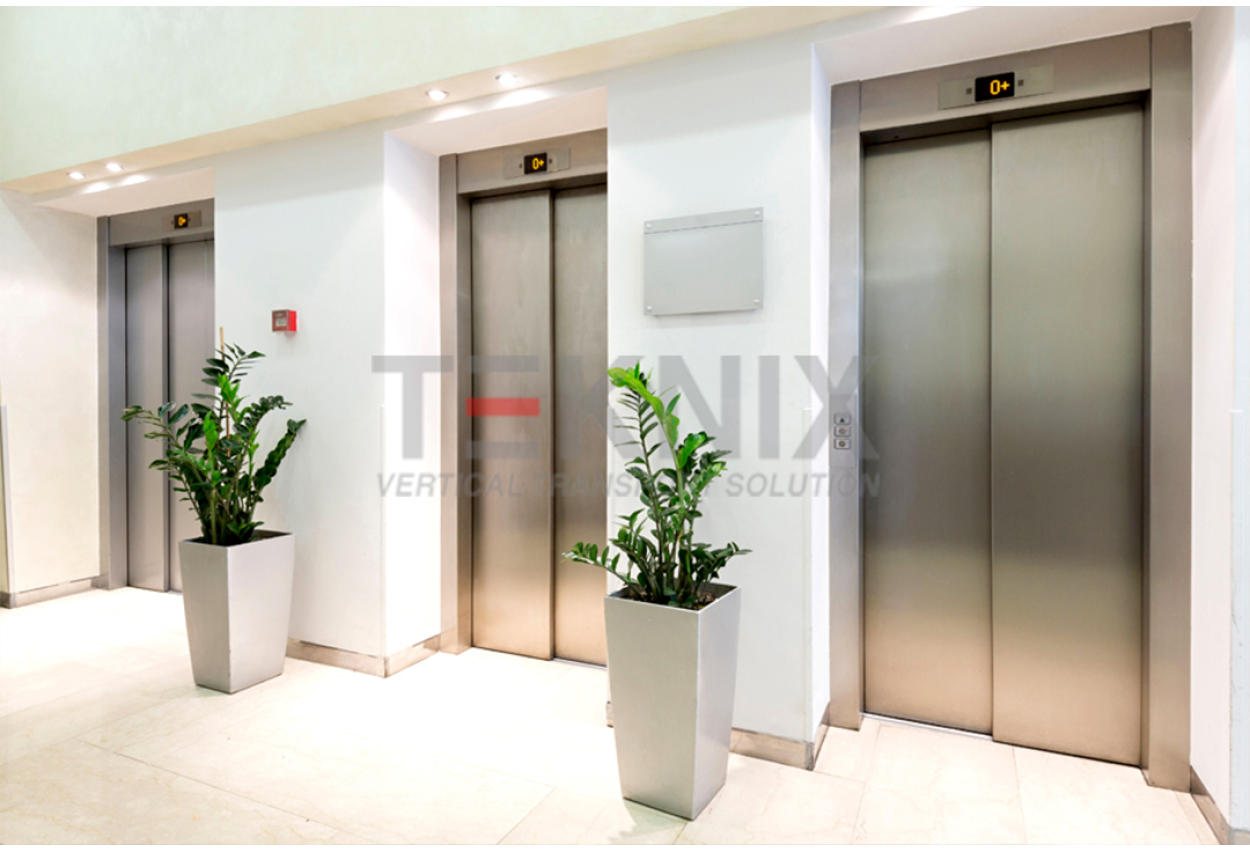We Maintain Lifts with Accuracy: Ensuring Safety And Security and Effectiveness
We Maintain Lifts with Accuracy: Ensuring Safety And Security and Effectiveness
Blog Article
Looking Into the World of Elevators: Common Problems Dealt With by Different Lift Mechanisms
As we navigate with the vertical transportation systems of modern buildings, lifts stand out as a vital part of our day-to-days live. Nonetheless, behind their seamless operation exists a globe of complex systems that can occasionally experience obstacles. From hydraulic lifts to grip systems and machine-room-less layouts, each lift kind includes its set of usual problems. Recognizing these obstacles is essential for making sure the smooth performance of these important systems. Allow's discover the complexities that underlie the procedure of elevators and the prospective concerns that can develop, dropping light on the intricate internet of lift systems.
Hydraulic Elevators
Hydraulic lifts, frequently liked for low-rise structures, utilize fluid pressure to control the activity of the lift automobile (lift repair companies). This system entails a hydraulic pump pressing oil into a cylinder, triggering the lift to move in the preferred instructions. While hydraulic lifts are understood for their silent and smooth procedure, they do come with their own set of common issues
One common problem with hydraulic lifts is oil leakage. The seals in the hydraulic system can use out gradually, causing oil infiltration. This not only develops a mess but can also influence the lift's performance if left unaddressed. Additionally, issues with the control system, such as defective valves or a malfunctioning pump, can cause disturbances in the lift's movement.
Routine upkeep and timely fixings are necessary to ensure the smooth functioning of hydraulic elevators. By addressing these common problems proactively, building owners can lessen downtime and make sure the security and effectiveness of their vertical transport system.
Grip Elevators
When considering vertical transport systems in buildings, one more typical type besides hydraulic elevators is the traction lift. Grip elevators operate utilizing a system of ropes and weights that move the elevator automobile by clutching onto the hoist ropes. This mechanism enables for smoother and much faster upright transportation contrasted to hydraulic systems.
Among the typical concerns encountered by traction lifts is rope wear. The constant activity of the ropes within the grip system can bring about tear and put on with time, potentially triggering the lift to breakdown or end up being risky for use. Regular evaluations and maintenance of the ropes are crucial to ensure the lift's proper functioning and security.
One more problem that grip lifts may run into is connected to the control system. Issues with the control system can result in concerns such as unpredictable motion, hold-ups in action times, or perhaps full closures. Routine screening and upkeep of the control system are essential to avoid such problems and make sure the lift's integrity.
Machine-Room-Less (MRL) Lifts

One of the crucial elements of MRL lifts is the portable gearless traction machine that is set up within the hoistway. This equipment successfully drives the lift cars and truck without the demand for large devices discovered in standard grip elevators. Furthermore, MRL elevators typically make use of a weight system to stabilize the car, further enhancing their energy effectiveness.
Despite their benefits, MRL elevators may encounter challenges associated to repair and maintenance because of the constrained space for devices installation. Availability for servicing elements within the shaft can be restricted, needing specialized training for technicians. Appropriate maintenance timetables and normal evaluations are important to guarantee the continued smooth procedure of MRL lifts.
Overloading and Weight Restriction Issues
Are elevators equipped to handle excess weight loads efficiently and safely? Overwhelming and weight restriction problems are essential issues in elevator procedures. Lift producers design raises with certain weight capacities to guarantee passenger safety and security and tools long life. Surpassing these weight restrictions can lead to numerous issues, including mechanical failures, hold-ups, and security threats.
When lifts are strained, it puts too much pressure on the electric motor, cables, and other parts, potentially causing breakdowns or breakdowns. If they spot excess weight, security systems such as sensors and overload sensors are in location to protect against lifts from relocating. In addition, going beyond weight restrictions can result click here for more info in increased power usage and wear and tear on the elevator system.
To alleviate straining problems, developing managers must plainly show weight restrictions in elevators and educate occupants on the relevance of sticking to these limitations - lift repair companies. Regular maintenance checks by certified technicians can likewise assist guarantee that elevators are operating within risk-free weight criteria. By resolving overloading and weight limitation concerns proactively, building owners can enhance lift security and efficiency
Electrical System Failings
Surpassing weight limits in lifts can not just cause mechanical issues yet also potentially add to electric system failings within the lift framework. Electric system failures are an important issue in lift operation, as they can cause unanticipated closures, malfunctions, or also security dangers. One typical electric issue is the getting too hot of components as a result of too much existing flow caused by overwhelming the lift past its capacity. This can bring about damage to the circuitry, electric motor, or control systems, resulting in expensive repairs and downtime.
Regular maintenance and examinations are important to determine and attend to possible electric problems immediately, making sure the reliable and risk-free procedure of lift systems. By adhering to weight limitations and carrying out regular electrical system checks, building owners can more info here mitigate the danger of electric failings in elevators.
Verdict

Hydraulic elevators, usually liked for low-rise buildings, make use of fluid pressure to control the movement of the elevator cars and truck.When taking into consideration vertical transport systems in buildings, one more usual type aside from hydraulic elevators is the grip lift. Grip elevators run making use of a system of ropes and counterweights that relocate the elevator automobile by clutching onto the hoist ropes. Unlike standard lifts that call for a separate maker room to house the devices, MRL lifts integrate many of the parts within the shaft, why not check here removing the demand for a dedicated machine space.In final thought, lifts deal with usual problems such as hydraulic malfunctions, traction system failings, and electric system issues.
Report this page